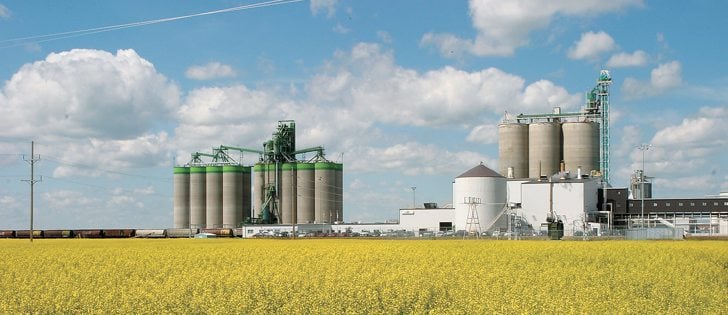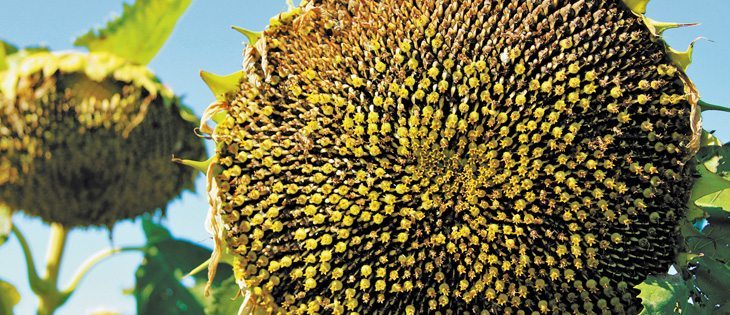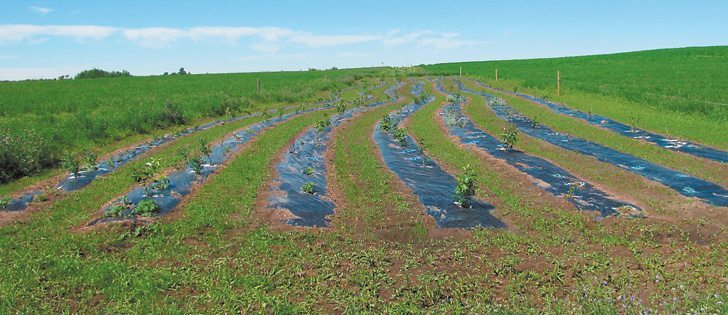While farmers in Western Canada wonder when they will get a string of sunny warm days to spur crop development, the U.S. Midwest wishes we would send a little of the moisture south.
If the weather turns sunny and drier for a while on the Prairies, the crop prospects would be great because of good soil moisture.
Environment Canada is calling for a warm, dry summer across most of the country, including the Prairies, but it isn’t turning out that way so far and forecasters such as Drew Lerner see more cool, wet weather in the coming weeks than does the government forecaster.
Read Also

Prairies have variable soil moisture conditions
The dry weather in the west was welcome for preserving grain quality and advancing harvest, but it has resulted in very dry soil moisture conditions.
Disease and slow plant development are a concern as long as the cool, wet trend continues. The result might be a large, but lower quality crop in Western Canada.
It is the opposite story in the U.S. Midwest.
The corn crop was seeded early in good conditions, leading the U.S. Department of Agriculture to forecast an above average yield of 166 bushels per acre. That would produce a record 14.790 billion bu. crop and raise 2012-13 year-end stocks to a more comfortable level.
Since then the weather has continued warm, but rain has been scarce.
Worries about dry weather helped corn rise last week.
Early this week, traders were examining forecasts for a high pressure ridge to settle over the Midwest by June 18, which would bring heat and dry conditions when the corn crop in the southern Midwest is expected to start pollinating and setting yield.
David Streit of Commodity Weather Group told Reuters he expects 75 percent of the corn crop will pollinate in the first two weeks of July, a couple of weeks earlier than normal.
If the heat and dryness extends into July, that would put an end to expectations for 166 bu. an acre.
Indeed, traders said Lanworth, a company that uses satellite monitoring to estimate crop size, forecast U.S. corn production at 13.645 billion bushels last week, with a range of 12.043 to 13.861 billion bu.
That is shockingly lower than the U.S. Department of Agriculture’s May forecast of 14.790 billion bu. The USDA updated its crop forecasts June 12, the day after The Western Producer’s publication deadline for this issue.
If 13.645 billion bu. proves true, implying a yield of 155 bu. per acre, it would be extremely bullish for prices.
Lanworth’s crop forecast is less than the USDA’s forecast of 13,775 billion bu. of total use. That would imply a further drawdown of year-end stocks, but that can’t happen because they are already so tight, which means prices would have to rise to ration demand.
Lanworth also shocked the market last July with a forecast far lower than the USDA forecast. In the end, the crop proved even smaller than the Lanworth number. So are they on to something?
Joseph Glauber, the USDA’s chief economist, doubts it. He attended the International Grains Council annual meeting last week to talk up the potential for a big crop and rising year-end stocks.
He cautioned against reading too much into the recent dryness in the Midwest, and noted that USDA analysts were still talking about the potential for record yields.
That, coupled with no growth in ethanol production for the first time in more than a decade, should allow the United States to rebuild sorely depleted corn stocks and bring down corn prices, Glauber said.
Because corn forms the foundation of the grain market and because the U.S. is the biggest producer in the world, weather in the Midwest over the next four weeks is critically important in setting the tone for the coming crop year.














